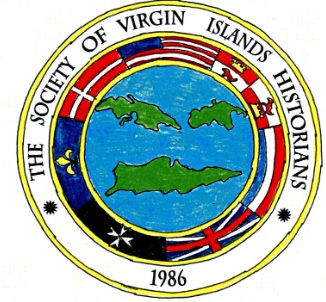The Harbor Still Hears Them Coming.... 1914 & Now 2025
- S.A. Beach

- Jan 16
- 2 min read
Updated: Nov 4

By Stephanie Chalana Brown, October 2025
“It is hereby communicated … that the German warship ‘Bremen’ will stay at St. Thomas from the 5th to the 7th of March.”
— Udenrigsministeriet, (Ministry of Foreign Affairs)
21 February 1914, Journal No. 55 signed by Herluf Zahle
It looks like paperwork, but it is politics written in ink. The signature belongs to Herluf Zahle, Chief of the 1st Department of the Danish Ministry of Foreign Affairs, the man charged with maintaining Denmark’s fragile neutrality as Europe’s tensions thickened. From his desk in Copenhagen, Zahle tried to manage calm an ocean away, proof that even a small Caribbean harbor could keep Europe awake at night.
St. Thomas was Denmark’s hinge between continents; an island whose depth made it both asset and burden. Britain, Germany, and the United States each coveted its bay. Every arrival was a test disguised as diplomacy, every departure a relief disguised as routine.
Yet the harbor was more than a military stage; it was the island’s inheritance. Charlotte Amalie’s deep, protected basin was one of the Caribbean’s earliest and most enduring free ports, open to ships of all nations, a threshold where languages, flags, and faiths converged.
From that openness grew St. Thomas’s cosmopolitan soul, Dutch merchants, Sephardic traders, Danish administrators, and Afro-Caribbean sailors building a city whose rhythm was already global. The harbor made the island outward-looking, fluent in movement, forever attuned to the world beyond its shoreline. Its geography wrote its identity. “Foreign warships entering the harbor of St. Thomas must be reported through diplomatic channels.”
— Udenrigsministeriet memorandum, 3 January 1914
That line was Denmark’s armor. Fifteen days’ notice for England, eight for Germany. The memoranda are written in the flat tone of order, yet every sentence trembles. Officials feared that one unsignaled hull could drag the neutral colony into another empire’s quarrel. Paperwork was the last border.
Across the Caribbean, 1914 was already unsteady. The Panama Canal was weeks from opening, remapping the world’s commerce. Cuba and Puerto Rico had become American possessions. French, British, and Dutch islands glittered with naval infrastructure. German ships lingered off Venezuela; U-boats were rumored in the mid-Atlantic. The sea was turning into a military corridor. In this tightening geography, the Danish West Indies looked less like inheritance and more like exposure.
Governor Lars Christian Helweg-Larsen tried to sound unbothered. Late that year he informed Copenhagen that Danish soldiers would remain stationed in the islands “to preserve peace and neutrality.” It was the kind of phrasing that hides surrender in civility. (to be continued)

Comments